I tried bicarb supplements to boost my cycling performance and the results were explosive
To my surprise, using bicarb didn’t cause any gastrointestinal complaints - but it did pop an extra 17 watts on my five minute power
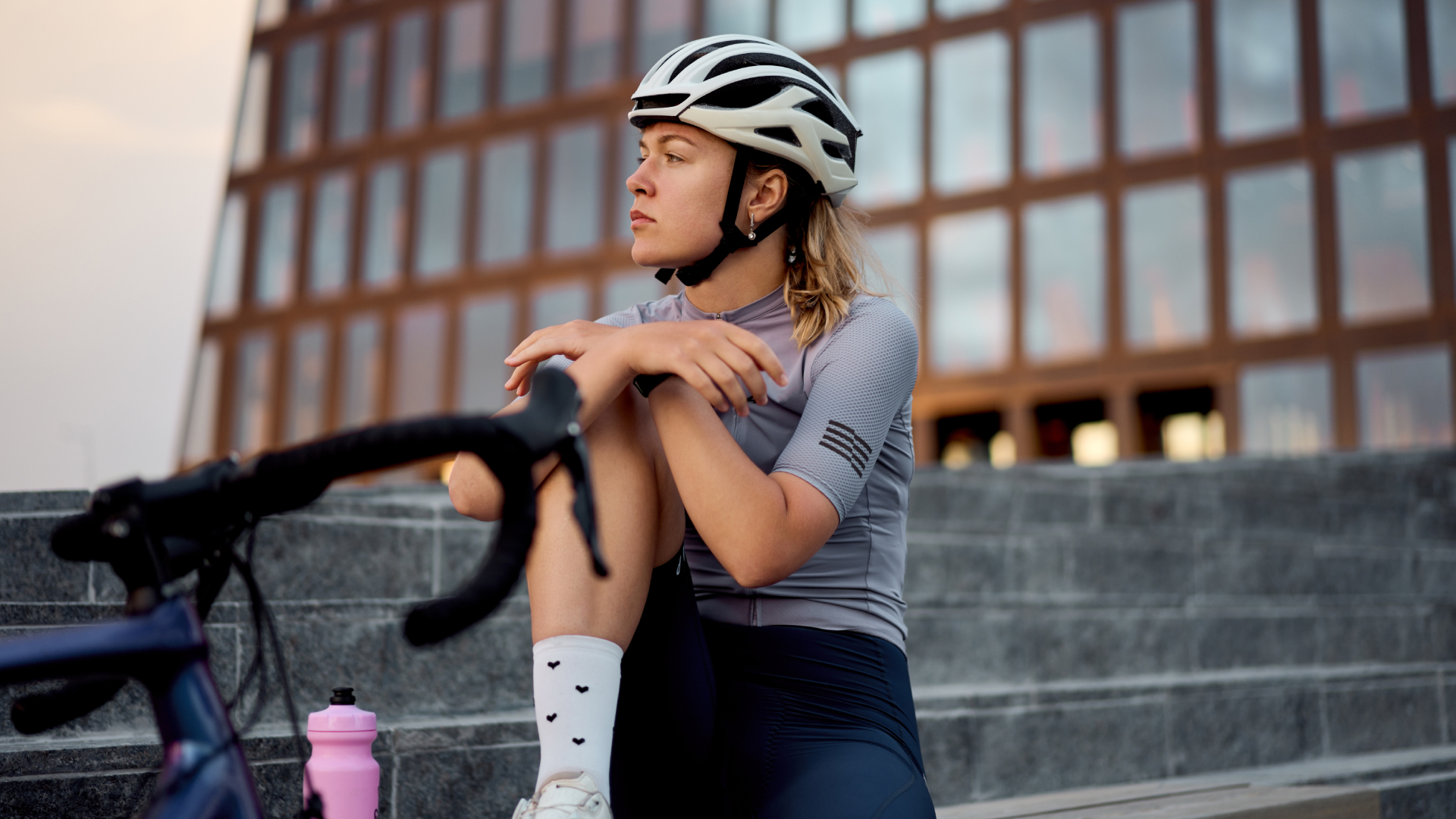
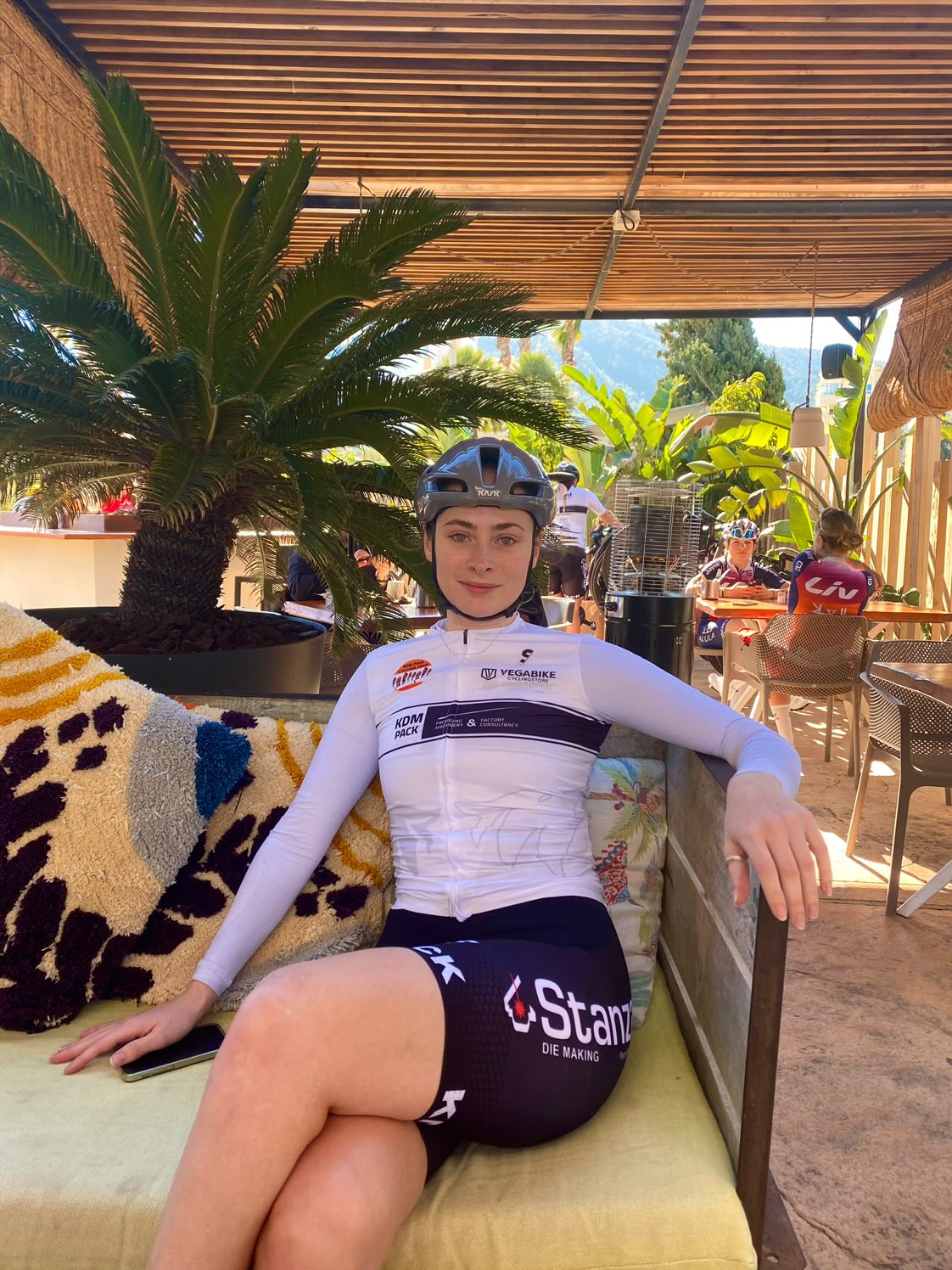
For a while now, I’ve been considering using sodium bicarbonate. Friends of mine who are professional cyclists are constantly being told to utilise its supposed powers - and I wouldn’t want to be missing out on a trick.
Essentially, sodium bicarbonate (or ‘bicarb’) is meant to help mitigate the build up of lactic acid in your muscles, which in turn should allow you to push harder for longer. Though the current hype is quite new, the idea of using bicarb goes back a long way - I remember many years ago having had bicarb mixed into water before an individual pursuit on the track. But apart from having a gassy stomach afterwards, I can’t really remember how it felt nor did I have any hard data to quantify my performance.
But now, though, with a plethora of products on the market for athletes to get stuck into, such as Maurten's new Bicarb System, I decided to go forth and see if sodium bicarbonate does really live up to the hype the brands are claiming and if it is one of the best supplements for cyclists - or if it’s just an expensive gimmick being pushed onto the market to make a quick buck.
I was also eager to see if the capsules would be kind to my temperamental IBS-prone body, as many riders have complained about gastrointestinal issues after using bicarb. Therefore I was also doing it for the IBS sufferers everywhere, because it is a truly debilitating condition at the best of times - let alone while trying to perform at your best.
The company 6D Sports Nutrition based in Belgium were supportive of my quest and sent over to me a bottle of its Sodium Bicarbonate capsules (120 in a bottle). This particular brand of capsules is vegan friendly, gluten free and lactose free. This product has also been tested through the Informed Sport programme, meaning the product is extensively tested for the absence of prohibited substances: a really important factor to consider if you are an athlete.
Charlotte Broughton is a British rider, racing for the AWOL O’Shea UCI women's cycling team, and a previous winner of the prestigious Otley Grand Prix.
The plan
With step one complete (I had the goods) now it was time to set out my plan of action: try out the product and record the difference, if any. I was, of course, the guinea pig for this and so I decided to make myself as uncomfortable as possible: I opted to do a five minute all-out test uphill, to see if I generated more watts with the help of sodium bicarbonate.
I decided while I was away in Oslo that I’d choose the iconic Holmenkollen climb which looks over the city as my place of suffering. I decided to start from a higher up position on the climb where the traffic is much quieter, to ensure cars and other road users wouldn’t get in my way and thus affect the outcome.
Get The Leadout Newsletter
The latest race content, interviews, features, reviews and expert buying guides, direct to your inbox!
I decided that I’d start from the same 50kph sign post in both tests, and that I’d keep my warm up the same. I’d also ingest the same food, to try and keep as many variables the same as possible.
Naturally, I was going to do the testing on the same bike, which was my own personal road bike. I wasn’t going to change any of the equipment and I was going to ride with the same tire pressures. I would also wear the exact same cycling kit, as the weather was pretty much the same on both days (around 18°C-19°C). I even decided to play the same song: Watercolour by Pendulum which is just over five minutes long.
The only significant difference between the second time I’d be carrying out the test and the first would be the bicarb I took pre-effort. This would be taken throughout the morning, as instructed on the 6D Sports Nutrition website.
How I took the sodium bicarbonate
Following the advice on 6D Sports Nutrition’s website, I worked out from my body weight on that particular day that I should take five capsules pre-breakfast, then have breakfast, and then take five capsules after breakfast. After that, I was to take eight more capsules spaced out every 10 minutes. In total, that was 18 sodium bicarbonate capsules I consumed pre-test.
My timings and the tablets were as follows:
- 9:00 - 5 capsules, then breakfast
- 9:20 - 5 capsules, then wait 5-10 minutes
- 9:25 - 2 capsules
- 9:35 - 2 capsules
- 9:37 - carbohydrate snack (which was a little cake)
- 9:45 - 2 capsules
- 9:55 - 2 capsules
The carbohydrate snack between was suggested by 6D Sports Nutrition on their website if you suffer from gut problems. Unfortunately I have IBS, so I was very keen to follow this advice. Likewise, due to the same reason, it’s also recommended to drink plenty of water with the sodium bicarbonate to lower the risk of causing an upset stomach - which I did.
After regularly sipping on water after taking the last two capsules, I got myself and my bike ready and then headed out at around 10:45. As aforementioned, I did the same warm up to the climb, and then started the second test at the same place as the first five minute test.
The two tests
During the first test with no bicarb I found that my legs began to hurt pretty early on. I could feel them becoming heavy with acid, and because of that it was hard to push through. This wasn’t much of a surprise, as it was an all-out effort uphill.
Trying to stay smooth and on top of the gear was becoming ever more difficult the further into the effort I went. My legs were screaming around 2 minutes in. After the effort my legs felt awful and really heavy. My power for the 5 minute test with no bicarb was 297W.
In the second test, after having consumed the bicarb, although the effort was still pretty brutal (again, as you’d expect from an all-out effort) my legs didn’t feel as painful or as heavy. I found that, after the two minute mark, I was in pain but I could push through it more effectively.
I kept pushing on. Physically, I felt as though I could find that little bit extra, even once I felt very on the limit - or even passed the limit. My power for the 5 minute tests with bicarb was 314W.
Of course that means, after taking sodium bicarbonate, I managed to find an extra 17 watts under pretty much the same conditions. Obviously, this is just one test by one rider - it’s certainly not scientific proof! You might not get the same benefits as I did, and I might not get the same boost if I were to do the test again. But even with those caveats, to have found an extra 17 watts is pretty impressive in my opinion.
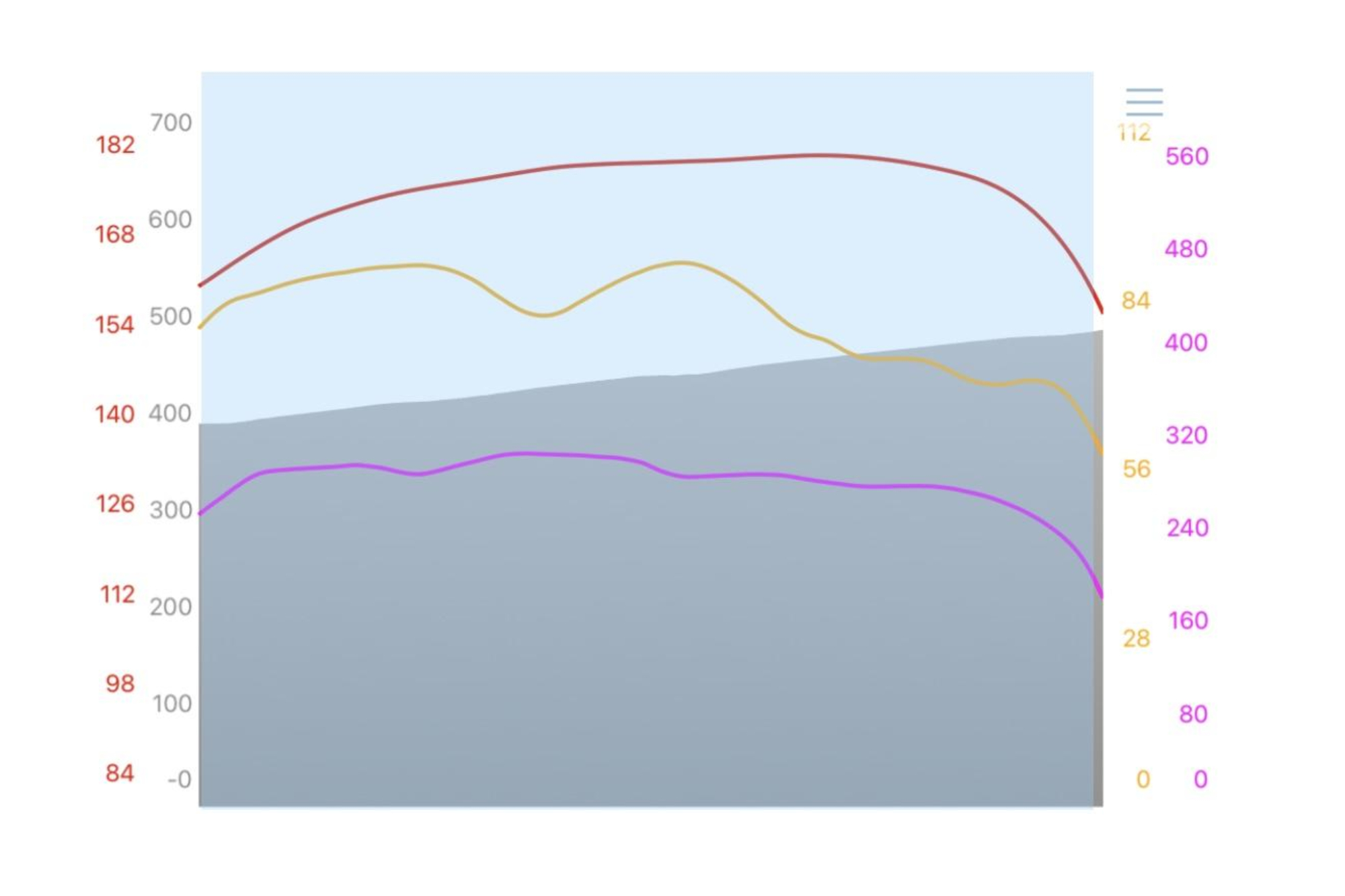
This graph (above) where highlighted in blue shows my 5 minute test without sodium bicarbonate.
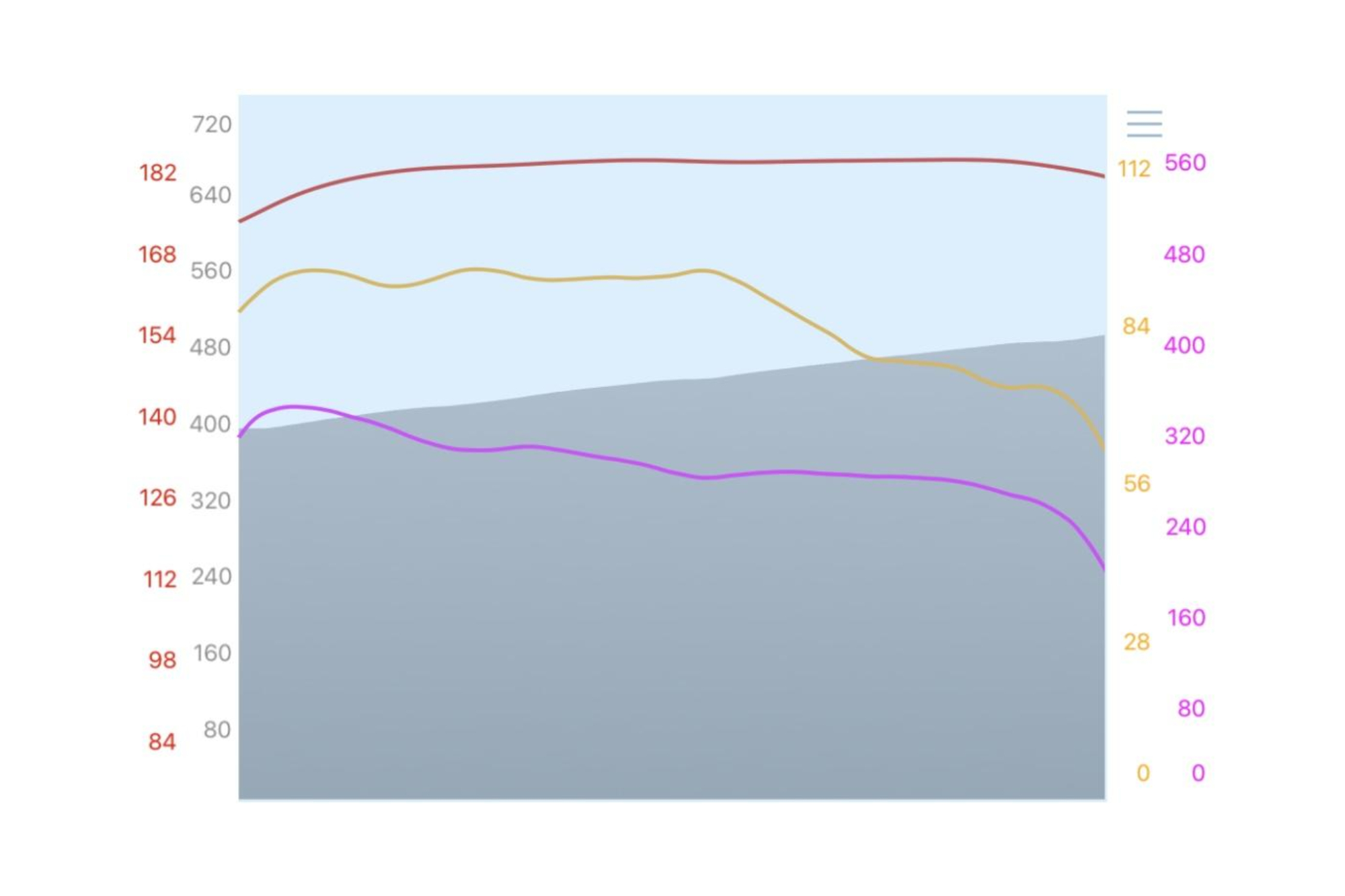
This graph (above) where highlighted in blue shows my 5 minute test with sodium bicarbonate.
From the graphs, it does appear that I started out stronger in the second effort and kept it more consistent - but still tailed off in terms of power towards the end of both. However, that tailing off was rather less when I was tanked up on bicarb, compared with no bicarb at all. But whatever the intricacies of the pacing (which was on feel), I fundamentally ended up putting out more watts on the second effort than the first.
Below are the graphs taken from my Training Peaks of both the five minute tests. The line and numbers in red indicate my bpm, the line and numbers in yellow indicate my rpm and the line and numbers in pink indicate my power.

This table (above) shows my 5 minute test numbers without sodium bicarbonate.
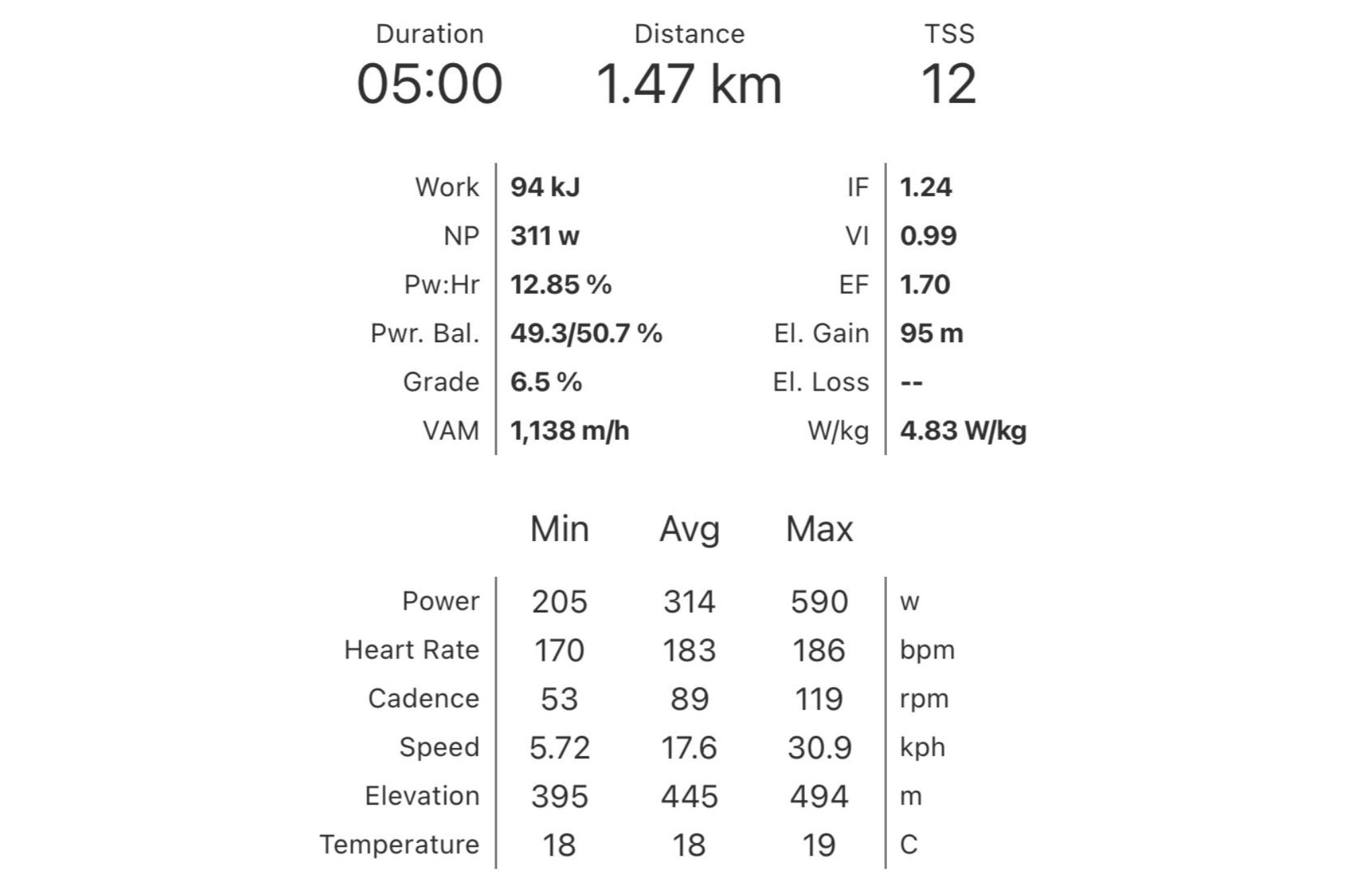
This table (above) shows my 5 minute test numbers with sodium bicarbonate.
Post tests
After the testing, I carried on my ride. Both the tests were carried out at the start of a three hour endurance ride. Without sodium bicarbonate, I found my legs to be pretty sore, but that did fade after some time.
There were two really big differences I felt in the endurance ride, having had the bicarb. The first was that my legs didn’t feel as heavy nor as sore. The second was that I was really really thirsty - I don’t think I’ve ever been so thirsty during a steady endurance ride.
But it wasn’t particularly uncomfortable. My mouth was noticeably dry, and so I ended up drinking a lot during (and after) my ride. This isn’t really surprising, given I’d basically taken a load of salt, and so naturally my body would need additional hydration to balance that out.
Therefore, as advised, I’d definitely suggest being prepared and having a solid hydration strategy alongside sodium bicarbonate usage. As long as you remember this and get the hydrating right, I don’t think the increase in thirst is much of an issue.
Conclusion
To conclude, I did see an improvement to my watts between the two five minute efforts I completed: the first without sodium bicarbonate, and the second having consumed the recommended dose. I went from 297W to 314W, which is an improvement of 17W. This might not sound like a huge improvement to some, but I definitely found it worth it in terms of the gains.
With regards to how I felt gastrointestinally, I had absolutely no issues and found the 6D Sports Nutrition sodium bicarbonate capsules to be really gentle on my stomach - which I was really pleased with. During the testing my stomach was fine, and afterwards I was also pain free. This surprised me the most, as there are even certain gels which can set my IBS prone bowels off.
I could maybe have ridden harder in the first test at the start, but I found the first 30 seconds to a minute much harder on the first test than the second. Because I was riding on feel, I didn’t think I could have gone much harder without popping and failing to complete the full effort. Therefore, even if I had gone out harder on the first, I feel I likely would’ve tailed off more and overall produced less power over the whole 5 minutes than the 297W set.
I felt that I went out harder on the second test because I didn’t have the same acid build up within my muscles as I did during the first. Again, because this was on feel and I wasn’t looking too much at my computer screen, going out harder wasn’t much of a conscious choice, it was more that I was just able to.
Sure, the testing could have been more controlled in a lab with support from people in the know. But the reality is that the vast majority of us don’t have access to that - controlling as many variables as possible, trying a change, and seeing how it works for you is generally the best option most people have. And that’s what I did.
As such, I feel my test was arguably more relatable in terms of what can be expected from sodium bicarbonate usage for the vast majority of cyclists who (like me) will jump on their bike in training or racing and hope to see some benefits of such a product. If your body is anything like mine, you might well see a higher wattage on a five minute climb if you take sodium bicarbonate vs going without.
If you want to read more, over here we asked the expert Dr Andy Sparks his thoughts on whether sodium bicarbonate really does boost cycling performance.

Thank you for reading 20 articles this month* Join now for unlimited access
Enjoy your first month for just £1 / $1 / €1
*Read 5 free articles per month without a subscription

Join now for unlimited access
Try first month for just £1 / $1 / €1
Charlotte Broughton is a British rider, racing for the KDM-Pack women’s cycling team. An accomplished writer, she is a regular on the pages of Cycling Weekly magazine.
-
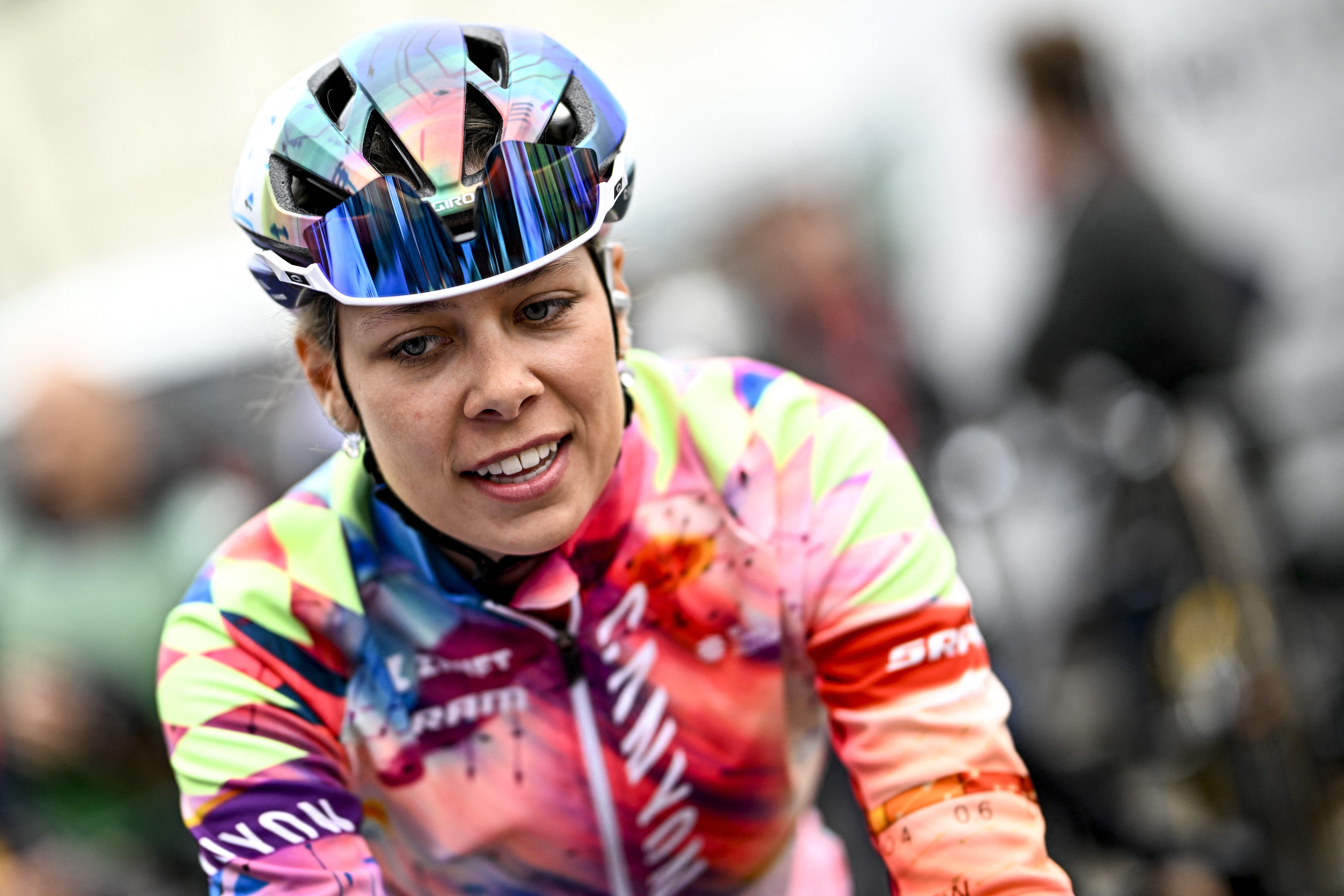 'This is a fresh start' - Belgian rider returns to professional cycling after two year anti-doping ban
'This is a fresh start' - Belgian rider returns to professional cycling after two year anti-doping banShari Bossuyt to ride for AG Insurance-Soudal from June
By Adam Becket
-
 'This is the marriage venue, no?': how one rider ran the whole gamut of hallucinations in a single race
'This is the marriage venue, no?': how one rider ran the whole gamut of hallucinations in a single raceKabir Rachure's first RAAM was a crazy experience in more ways than one, he tells Cycling Weekly's Going Long podcast
By James Shrubsall